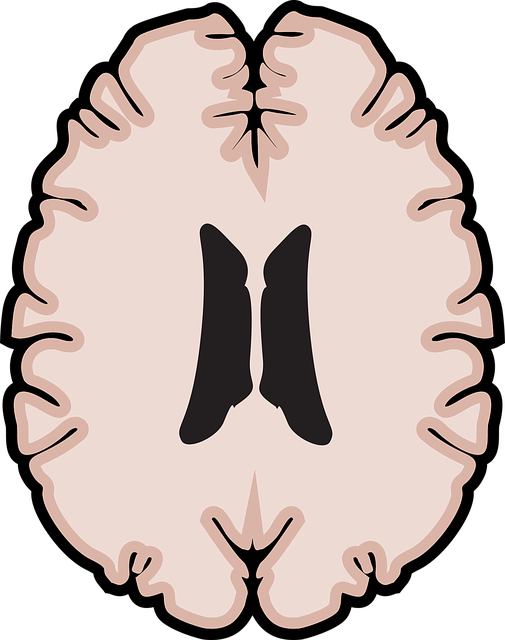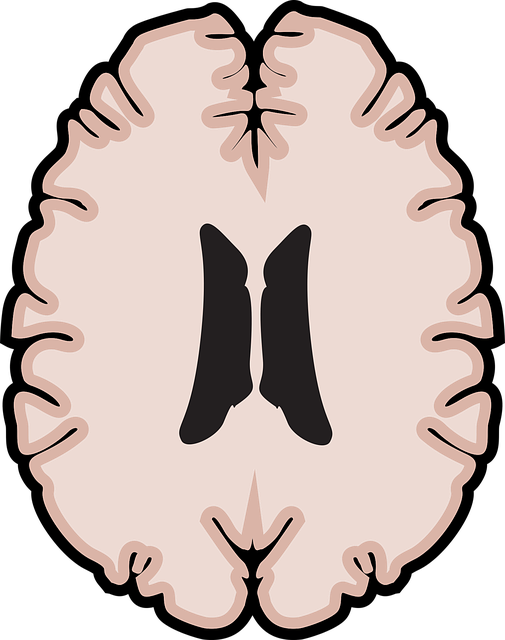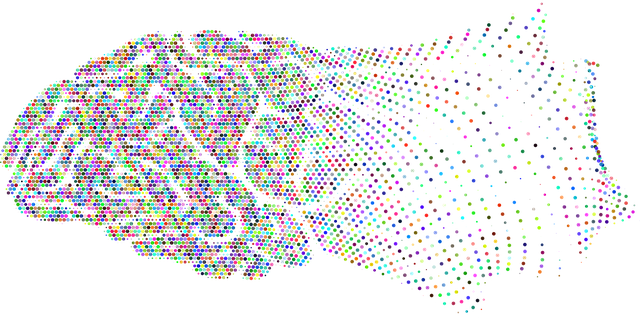Community outreach programs, like Lafayette Cognitive Processing Therapy (LCPT), bridge the gap between mental health services and underserved populations by offering personalized, engaging therapy sessions that boost confidence and coping skills. To implement successful LCPT initiatives, start with understanding local culture and needs, involve community leaders, and provide culturally competent training for healthcare providers. Key steps include identifying target needs, designing tailored programs, establishing partnerships, promoting inclusivity, recruiting volunteers, and evaluating continuous improvement through both quantitative and qualitative data collection. Regular evaluations ensure LCPT programs remain effective in fostering holistic well-being within communities.
Community outreach programs play a vital role in fostering connections and enhancing well-being. This article explores the implementation of such programs, highlighting their significance through the lens of Lafayette Cognitive Processing Therapy (LCPT). We’ll guide you through key strategies, from understanding community needs to designing engaging initiatives, implementing them effectively, and measuring success. Discover how LCPT’s approach can revolutionize community engagement and improve lives.
- Understanding Community Outreach: Why Lafayette Cognitive Processing Therapy Matters
- Designing Effective Programs: Strategies for Engaging Communities
- Implementation and Logistics: A Step-by-Step Guide
- Measuring Success: Evaluating the Impact of Community Outreach Programs
Understanding Community Outreach: Why Lafayette Cognitive Processing Therapy Matters

Community outreach programs play a pivotal role in connecting mental health services with those who need them most. Among these, Lafayette Cognitive Processing Therapy (LCPT) stands out as an innovative approach designed to address deep-seated emotional issues and enhance overall mental wellness. By implementing LCPT, community outreach organizations can facilitate the confidence boosting and coping skills development essential for vulnerable populations.
This therapy goes beyond traditional counseling by integrating various strategies tailored to individual needs. Through engaging activities and interactive sessions, LCPT empowers participants to develop effective coping mechanisms, fostering improved emotional regulation and mental resilience. As community outreach initiatives strive to promote holistic well-being, incorporating mental wellness coaching programs like LCPT can significantly contribute to creating more robust and supportive communities.
Designing Effective Programs: Strategies for Engaging Communities

Designing effective community outreach programs requires a deep understanding of the local culture and needs. It’s essential to involve community leaders and members early in the process, seeking their input on identifying pressing issues and desired program outcomes. This collaborative approach fosters trust and ensures relevance, increasing engagement. By incorporating Lafayette Cognitive Processing Therapy techniques, programs can address emotional healing processes and promote mental well-being, tailored to the community’s unique context.
Additionally, integrating conflict resolution techniques can mitigate barriers to participation and build stronger relationships. Healthcare provider cultural competency training is also vital, ensuring that services are accessible and sensitive to diverse cultural backgrounds. Through these strategies, outreach programs become more inclusive and impactful, fostering positive changes within the community.
Implementation and Logistics: A Step-by-Step Guide

Implementing a community outreach program requires careful planning and efficient logistics to ensure its success. Here’s a step-by-step guide for organizations aiming to bring Lafayette Cognitive Processing Therapy (LCPT) to their local communities, focusing on improving mental health through initiatives like Self-Care Routine Development and Stress Management Workshops.
First, identify the specific needs of your target community. Engage with local leaders, mental health professionals, and residents to understand the prevalent issues. Based on this research, design tailored programs that align with LCPT principles. Next, establish partnerships with relevant organizations, schools, or community centers to gain access to spaces and resources. Create a detailed timeline, allocating time for promotion, preparation, implementation, and evaluation. Ensure inclusivity by translating promotional materials into multiple languages if necessary and offering accommodations for individuals with disabilities. Finally, recruit and train volunteers who can facilitate workshops, maintain records, and provide support, fostering a collaborative environment that empowers the community towards better mental health.
Measuring Success: Evaluating the Impact of Community Outreach Programs

Evaluating the success of community outreach programs, such as Lafayette Cognitive Processing Therapy (CPT), is vital to understanding their true impact and ensuring continuous improvement. The process involves assessing both quantitative and qualitative data to gain a comprehensive view of the program’s effectiveness. Metrics like participant satisfaction scores, number of individuals reached, and the frequency of referrals can quantify success, while in-depth interviews or focus groups with participants provide valuable insights into personal growth, self-care routine development for better mental health, and confidence boosting.
Moreover, tracking long-term outcomes, such as burnout prevention, allows for a deeper understanding of how these programs contribute to the overall well-being of the community. By regularly evaluating these aspects, organizations can tailor their outreach initiatives, ensuring they remain relevant and impactful, ultimately fostering positive changes in the lives of those served.
Community outreach programs, such as those utilizing Lafayette Cognitive Processing Therapy, are powerful tools for fostering positive change. By implementing effective strategies and carefully managing logistics, organizations can successfully engage communities and make a lasting impact. Measuring the success of these initiatives is crucial to understanding their effectiveness, allowing for continuous improvement and ensuring that resources are allocated wisely. Through dedicated outreach, communities can thrive with enhanced mental well-being and improved access to essential services.














